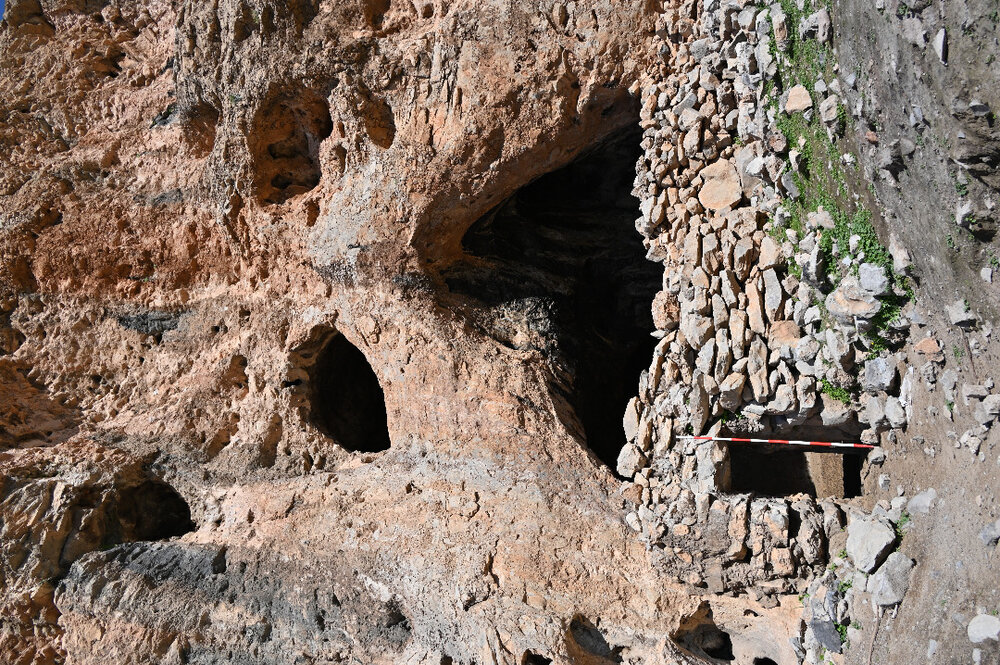Survey seeks to shed new light on Paleolithic life in southwest Iran

TEHRAN – An archaeological survey has begun on historical sites in the Lali county, southwestern Khuzestan province, in an attempt to find more traces of human life in the Paleolithic era, the deputy provincial tourism chief has announced.
A team of archaeologists led by Mohammad-Javad Shoaei is exploring the Paleolithic period in Lali in this season of the survey, CHTN quoted Ahmadreza Hosseini Borujeni as saying on Sunday.
Currently, the research team is studying areas in Lali such as the Pebdeh Cave, the mountainous section, and the plains of Pebdeh, among others, the official added.
Due to the mountainous terrain of Lali, the region is home to ancient settlements and sites such as Pebdeh cave, a notable example from the Paleolithic and Epipalaeolithic eras, he explained.
The Paleolithic, also called the Old Stone Age, is a period in human prehistory distinguished by the original development of stone tools that covers c. 99% of human technological prehistory. It extends from the earliest known use of stone tools by hominins c. 3.3 million years ago, to the end of the Pleistocene c. 11,650 cal BP.
A study, published in the Journal of Human Evolution in 2019, suggests that Neanderthals were roaming at the Iranian Zagros Mountain sometimes between 40 to 70 thousand years ago.
In many ways, Neanderthals are still considered a mystery for many people. Neanderthals existed for about 200,000 years longer than we modern humans (Homo sapiens) have been alive. Evidence of their existence vanished around 28,000 years ago – giving us an estimate for when they may, finally, have died off.
There are relics and fossil evidence from Neanderthals in several parts of the Iranian plateau.
In taxonomy, Homo sapiens is the only extant human species. The name is Latin for “wise man” and was introduced in 1758 by Carl Linnaeus (who is himself also the type specimen). Neanderthals are an extinct species or subspecies of archaic humans in the genus Homo, who lived within Eurasia from circa 400,000 until 40,000 years ago.
ABU/AFM
Leave a Comment